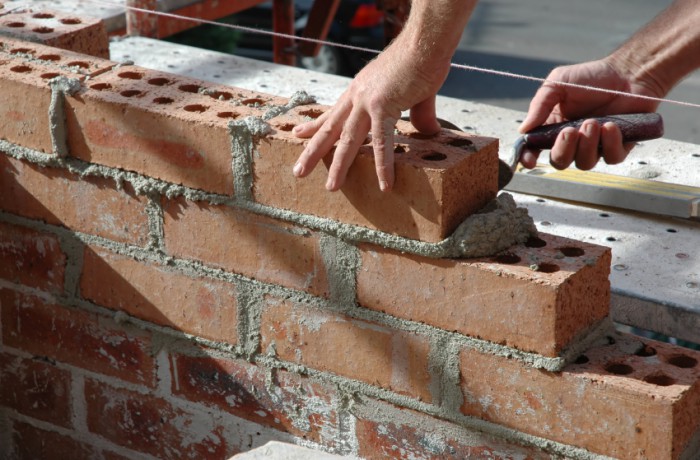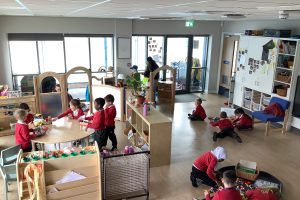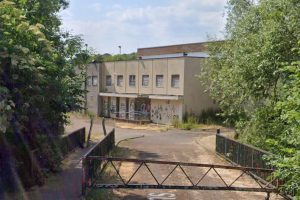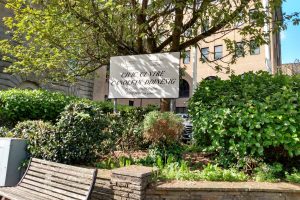SOME of the key sites for development in Rhondda Cynon Taf over the next 13 years have been revealed by the council.
These include sites at Penrhys and near Hirwaun in the north of the county borough and Llanilid, Llanharan and Church Village in the south of the county borough.
The council is looking to build more than 8,000 houses in its area by 2037 and has named some of the key sites in helping deliver this aim.
RCT Council is preparing a new local development plan with a preferred growth option of 8,450 houses to be built between 2022 and 2037 or 564 a year.
As part of that, the redevelopment of the 29.8 hectare site in Penrhys for up to 700 new houses is included.
Around 300 of these will be replacement homes and around 500 are likely to be built during the plan period up to 2037.
This will be alongside the replacement and improvement of public facilities and services, the report said.
On land to the south of Hirwaun, following the completion of the open cast operation at Tower, there are proposals for up to 15-20 hectares of employment, up to 30 hectares of tourism opportunities and the remaining 100 hectares for nature conservation and biodiversity improvement, including public access.
On land in Llanilid, Llanharan, the development on the previous open cast coal site is included.
The site measures 269 hectares and the council said that the site may deliver more than 3,000 houses in total but it is unlikely that more than 1,500 will come forward during the revised plan period, to 2037.
The proposals for this site includes a range of public services and facilities, employment uses and large areas of public open space, whilst protecting and enhancing a range of important biodiversity features.
At Llanilltud Faerdref, Church Village, the key site is made up of a number of candidate sites close together to the south of the wider settlements of Llantwit Fardre and Efail Isaf.
The combined 50 hectare site could accommodate up to 1,000 new homes, along with a range of supporting public services and facilities, to ensure sustainable growth.
The council has a sustainable communities strategy for the north and the south of the borough.
In the north, the key pillars are said to be the South East Wales Metro, bringing empty homes back into use, tourism and continued flexible settlement boundaries with the aim being to to continue to strengthen the communities there.
In the south, the strategy will look to provide the necessary growth for existing communities, with additional growth to meet the wider needs of the whole of RCT with the focus on the principal settlement of Pontypridd, set settlement boundaries and empty properties.
A council report said the overall approach was considered aspirational but remained achievable and sensible, as it was a 10% increase on the past 5-year average build rate.
It said: “Seeking to meet this requirement provides the best opportunity to realistically deliver high quality new housing, including affordable homes. This option will also help to continue to prevent depopulation in certain areas and associated decline.”
By adding in a 10% flexibility allowance around any unforeseen non-delivery of developments, the council said it would need to provide for 9,295 dwellings in the revised LDP.
The report said that this level of growth should also lead to an increase in employment and job opportunities, whilst helping to maintain levels of residents of a working age.
The RCT local housing market assessment draft findings 2024 found that 5,672 affordable, non-open market dwellings were needed in RCT over the plan period 2022-2037.
Over a thousand sites have been considered and assessed for their suitability for development through the preparation of the revised plan so far including those from private landowners and council owned land.
More than 300 of these candidate sites have then been taken forward following a first stage assessment and are judged as having some suitability for development but at the moment this is not a “definitive intention” to formally allocate the sites for development.
A local development plan identifies where development should take place and sets out planning policies on numerous topics, which then form the basis for decisions on planning applications.
The current LDP has a plan period of 2006 to 2021, with the Revised LDP (RLDP) for the period 2022 to 2037 but the current LDP remains in force until the revised plan is adopted which is scheduled for early 2026.
The report to full council on Wednesday, January 17 recommends that councillors approve a consultation on the preferred strategy.



















